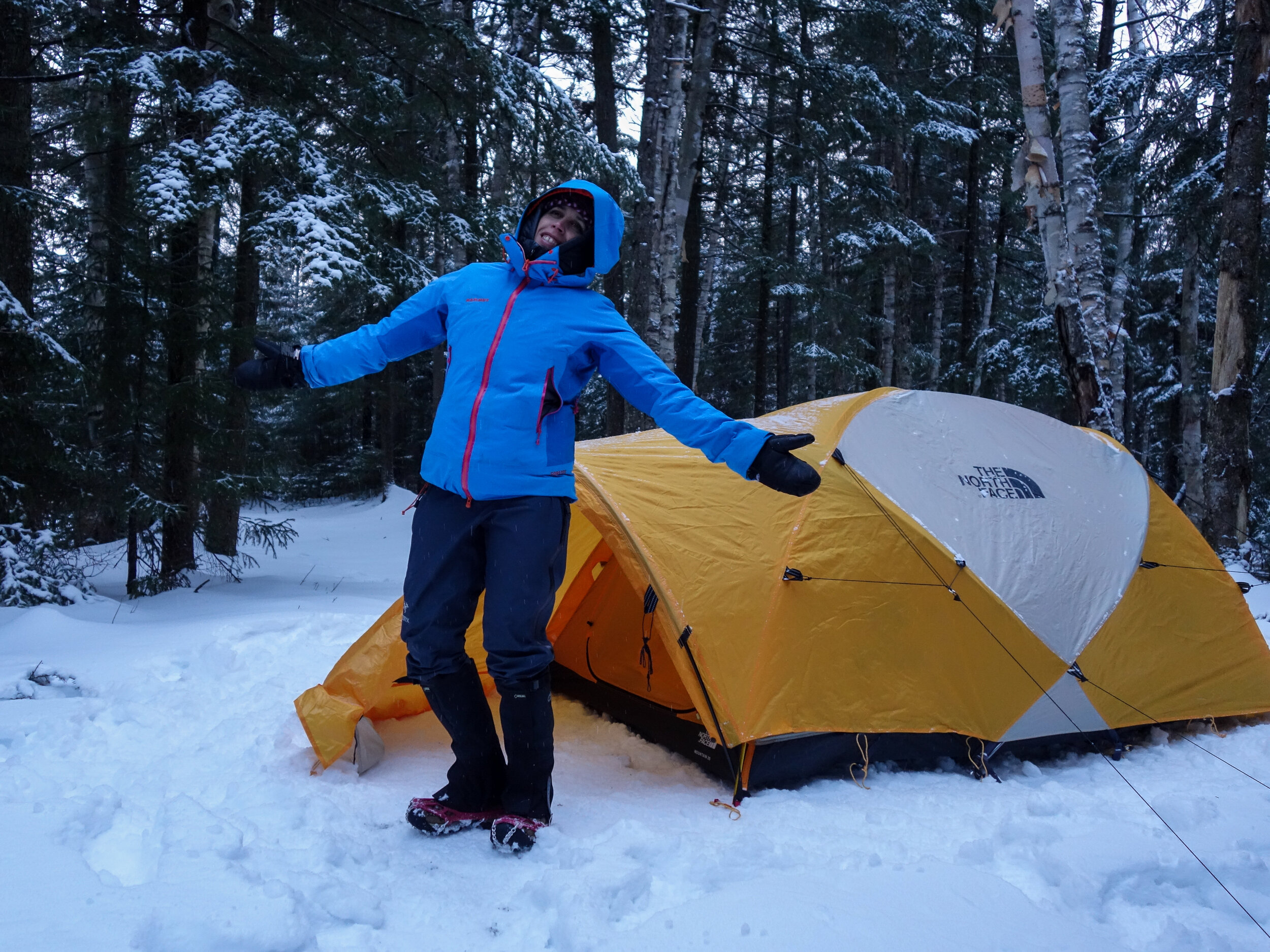Quick Review on the 2015 MSR Ascent Snowshoes
We have been using the MSR Lightning Axis Snowshoes for several years now and are very pleased with their performance and durability still to this day. They were developed in 2011 and are holding up extremely well. From breaking trail in 2+ feet of snow, to cruising around on hard packed trails and climbing up and over mountain tops, the MSR’s design is a step above the rest. They offer unbeatable traction & floatation in a very light weight platform.
They no longer make the Axis model, but they upgraded it to their MSR Ascent line of snowshoes and these carry a lot of the same traits as the Axis. They are even lighter and more durable now. They work best in serious snow conditions and terrain, making them easier to get around in deep powdery snow, to tight packed sections of trail that can vary from extremely steep to easy terrain. They are also great for general use and hikes.
In our experience with a variety of snowshoes, in a number of conditions, we would find many things that we thought could be improved on. One was that most snowshoes tend to use a tubular construction, limiting traction to the center of the snowshoe but with the frame design of the MSR Ascents being cut from a single piece of aluminum, using an edge to edge grip, each step is very efficient, offering 360º’s of traction. This noticeable difference was experienced when traversing hard packed trails and climbing steep sections.
An unexpected benefit was when you would flex your hip (drawing the knee upward) to take another step, much of the snow was left below making travel more efficient, as other models would tend to pile on snow to the shoe like a shovel, and over time would cause fatigue, leading to inefficient travel.
Quick Setup
Before you adjust the bindings be sure that you are set up in the snowshoe correctly. This can take some playing around with, but comes easily. Once you are set-up, walk straight several yards, then turn around to take a look at your snowshoe prints. If you see your steps are parallel to each other then no adjustments are necessary, however if one is turned out or inward, make the proper adjustments.
One of the great features of the MSR Snowshoe, is their Gait Efficiency System which allows you to adjust the binding for a natural stride. This helps prevent excessive torque on your knees, hips & ankles, as well as keeping them parallel to one another so they don’t clank together as you walk. If you find this happening and experience any pain, joint discomfort or limitations, a corrective exercise plan with mobility work, and strength training is necessary. This also needs to be included with any winter training program.
A simple drill to help strengthen your hip flexors and increase mobility of your hips. It will also condition you to include the upper body and free up your t-spine. Do this movement barefoot, which will help with proper foot strike. Also practice with hiking boots on for increased demand. This will help train you to pick your feet up when snowshoeing.
A few key features of MSR Ascent Snowshoes:
Very easy to get on & off which is invaluable in extremely cold environments.
Their adjustable bindings fit for individual biomechanics.
The strapping system is great, being quick & efficient, with glove-friendly adjustment.
The Ergo Televator heel lift bar helps lessen lower leg fatigue on steep terrain, making these snowshoes tough to beat.
The MSR Lightning Ascents are a whole new level of comfort and trust. They retail for around $290, in both men's and women's. Another great option, at a lesser cost, are the MSR Revo Ascent Snowshoe (men / women), they come in around $240. The strapping system for both these models are great, giving you a secure fit that is comfortable for longer outings of several hours or more. These will last many years of adventures, no matter how big or small the adventures may be! For more information about the entire line of MSR Snowshoes, visit their website.
Snowshoe size is based on the combined weight of you and the load you are carrying. Refer to this graph.









